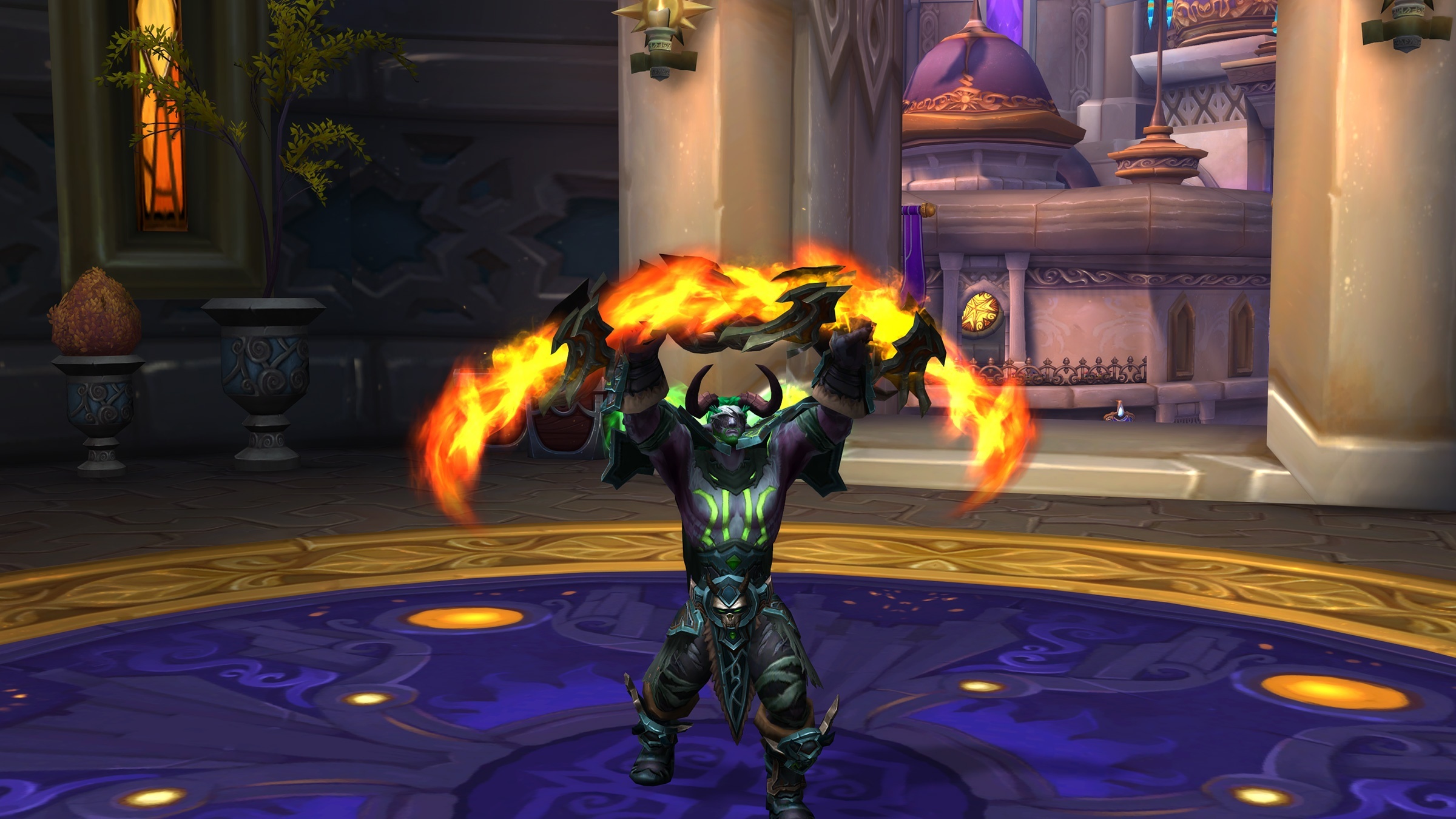Trudoemkostj Rabot Lada Largus

This tool will download and update the correct Huawei driver versions automatically, protecting you against installing the wrong Huawei drivers. Huawei b593 driver firmware download 2016. Recommendation: If you are inexperienced with updating Huawei device drivers manually, we highly recommend downloading the.
The Lada Largus is a subcompact estate car built by the Russian manufacturer AvtoVAZ since 2012. It is essentially a rebadged version of the Renault-develope.
Contents • • • • History [ ] After the had been removed from production in December 2010 AvtoVAZ no longer produced any inexpensive and roomy models. The present model line and have a higher completion and much higher price. The Largus is the first joint project between AvtoVAZ and (with an investment of $550 million). It is part of a larger common plan of the companies to produce five models in Russia, based on the. The total production in 2012 is expected to reach 27,000 cars (mostly Largus). The Largus is being produced in a full-cycle production unit.
It is equipped with air conditioning, an, 2 frontal, 5 or 7 seats, hands free and an player. It is available in two versions: as a passenger and as a high-capacity.
Both versions are available with either of the two petrol engine options: a 1.6-litre 8 valve 84 hp or a 1.6-litre 16 valve, capable of producing 103 hp (77 kW). They are associated with a five-speed manual gearbox. The only significant changes from the original model are the, front, lining the and the headlights. On 4 April 2012, AvtoVAZ launched Lada Largus production at a ceremony attended.
During his visit to, Putin toured the plant and signed the first Lada Largus. Sales were started on 16 July 2012. The panel van version went on sale in August 2012 and the Cross version was launched in 2015. See also [ ] • • • • • References [ ].
First generation [ ] First generation Overview Manufacturer Also called Lada 117 (wagon, Finland) Lada 119 (hatchback, Finland) Lada 1117 (wagon) Lada 1118 (sedan) Lada 1119 (hatchback) Lada Kalina Production 2003–2013 Assembly, (), ( & ) Body and chassis 5-door 5-door 4-door Powertrain 1.4 L () 1.6 L () 1.6 L () Dimensions 2,470 mm (97.2 in) Length 3,850 mm (151.6 in) (hatchback) 4,050 mm (159.4 in) (sedan & wagon) Width 1,670 mm (65.7 in) Height 1,500 mm (59.1 in) 1,080 kg (2,381 lb) Production began with a four-door in 2005, a five-door being released in 2006 and a in 2007. The hot-dip galvanized steel with enhanced corrosion resistance used in the production of this car was specially developed by a number of Russian steel producers. The first generation Kalina scored 5.6 points out of 16 in a frontal crash test conducted by the Russian safety assessment program in 2005, and was awarded one star out of four. The Kalina is exported to most Western European markets with a price of about €7,000–8,000. It offers driver and passenger,,, and rear seats that can be folded so that a horizontal platform is formed. There are three options, ranging from 81 to 98 (60 to 72 kW): a 1.4-litre 16-valve (91 hp; 67 kW), a 1.6-litre 8-valve (81 hp; 60 kW) and a 1.6-litre 16-valve (98 hp; 72 kW).

Its trade name is Kalina in most countries, but in, where kalina means rattle or clatter, the car is marketed as the Lada 119. Its main competitors are cars like the. A sportier version, the Kalina GS Sport, is also produced and there has been a version, revealed as a concept car, that uses a 1.6 petrol engine derived from the naturally aspirated standard models. A Lada Kalina was used as the 'Reasonably-Priced Car' in the television series.
It was the fourth most popular car in Russia in 2009, debuting with 60,746 sales nationally, and ranked first in 2012. Lada El Lada [ ] The electric car Lada El Lada was introduced in 2011.
This was a Lada Kalina station wagon with the 30 kW electric motor powered by the 23 kWh battery pack. Only 100 electric Ladas were produced. • 1.6 L • 1.6 L I4 Dimensions 2,476 mm (97.5 in) Length 3,893 mm (153.3 in) (hatchback) 4,084 mm (160.8 in) (wagon) Width 1,670 mm (65.7 in) Height 1,500 mm (59.1 in)–1,560 mm (61.4 in) cross & wagon: 1,125–1,160 kg (2,480–2,557 lb) Sport: 1,626 kg (3,585 lb) The second generation of the car was revealed at the 2012. It is basically a facelifted first generation, albeit with a slightly extended wheelbase and length, 13- or 14-inch wheel discs, and now produced only in hatchback and wagon form. All interior controls are now in English only, just like in the recently introduced Lux models of the. The Kalina was used as the basis for the Japanese, which is produced specifically for the Russian market.